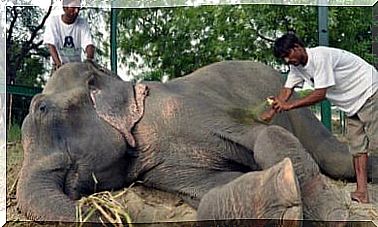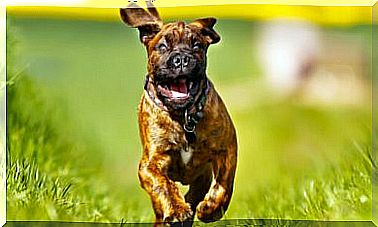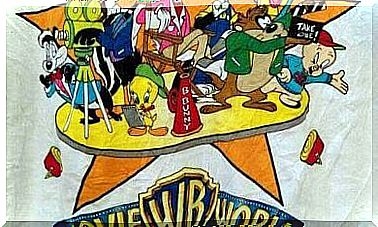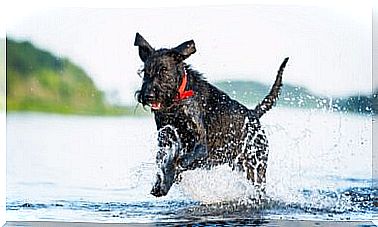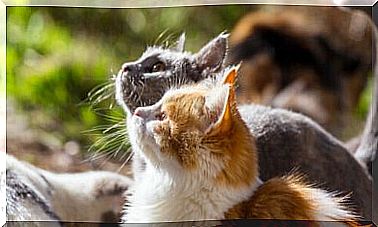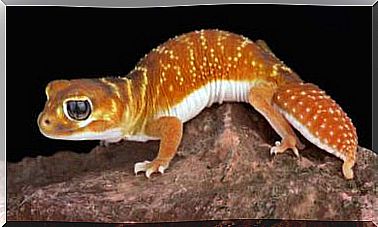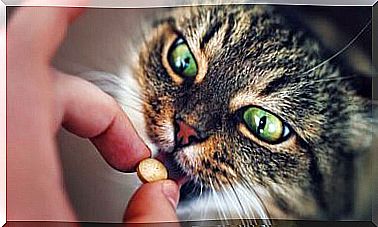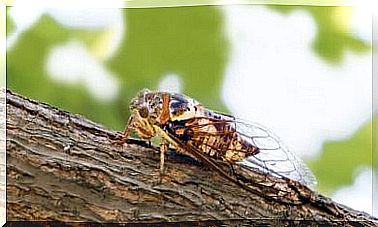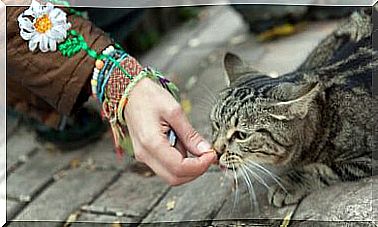Carcasses Of Cattle, The Feast Of Birds Of Prey
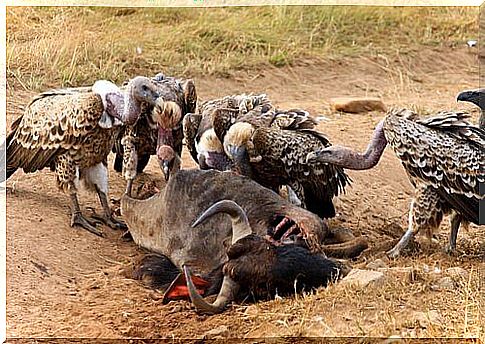
The breeders have land in which to leave the carcasses of cattle that the scavengers will feed on.
In this article we explain why it is important that there are animals that feed on cattle carcasses .
Carcasses of cattle, birds of prey and their importance
The presence of land where animal waste is left allows for a sustainable recycling of carcasses, which has been carried out for thousands of years. A large herd produces more corpses than normal, which can result in poisoning and pollution of water sources.
It is for this reason that it is very important that scavenger birds of prey be found in our vicinity, on a par with the lands described.
Although the number has decreased in recent years due to the mad cow crisis, the truth is that this dynamic has regained some importance and more and more communities allow the abandonment of cattle carcasses in the open.
The guests at the banquet
Usually these terrains are reciters to prevent access to people and pets, as well as land carnivores. Even so, there are areas in which the carcasses are abandoned without barriers, which is why wolves, bears or small carnivores such as stone marten and genet can benefit from them.
The main beneficiaries, however, are undoubtedly scavengers: vultures and griffons are the main protagonists.
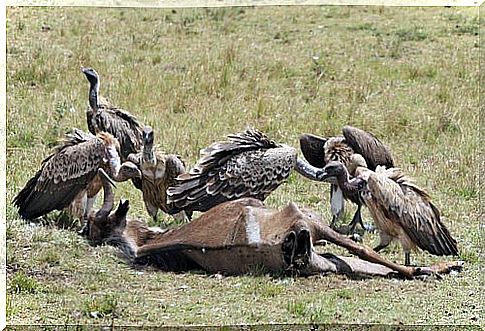
The protocols to follow
The first step is to locate the food and the experts in this regard are the corvids (magpies and crows), which usually fly in groups checking the terrain until they find the carcass. Here then they take advantage of it to eat the soft parts, such as the tongue or the eyes ; a stronger beak will be needed to open the real dances.
These birds have a common feature masterfully represented by the magpie: they are noisy animals with showy plumage, which glows in the morning sunlight. The sun is necessary for the vultures to take flight to enjoy the currents of warm air, which allow them to identify even the carcasses.
The vultures also have to communicate with each other tens of kilometers to gather for the banquet.
The banquet begins
After locating the food, the vultures begin to fly differently, lower themselves in a circle towards the carcass and turn in a particular way that the other vultures perceive as the signal of the presence of food. Each vulture changes its way of flying to alert others without making use of sounds.
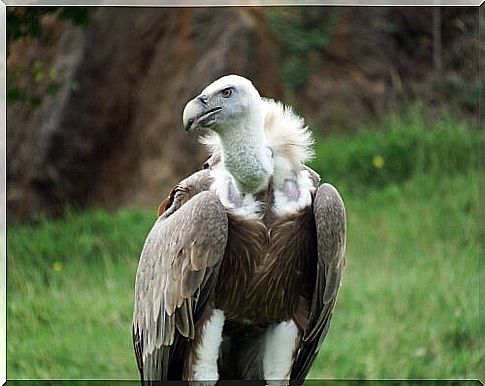
This is not common among monk vultures, who are more prone to loneliness than griffins. However, it is better for the latter that the first arrive, equipped with a stronger beak that allows a total opening of the carcasses of cattle.
After opening, the monk vulture feeds on the flesh adjacent to the wound, although it will not be able to reach the bottom of the carcass due to the abundant plumage surrounding its neck. It is then that the griffin, with its almost naked neck, intervenes to slip all the way in in search of entrails and other parts.
Other birds surround the gathering: the red kite and other medium-sized raptors try to get their share, even if they have already given a few pecks at the beginning. However, they are not rivals for vultures although they are better hunters, which is why they keep their distance waiting for the vultures to leave.
Meanwhile, the corvids continue to be the smartest of the banquet, as thanks to their small size they go unnoticed and walk confidently among the vultures. The carcasses of livestock are thus consumed in a short time and the cycle of life follows its course.
